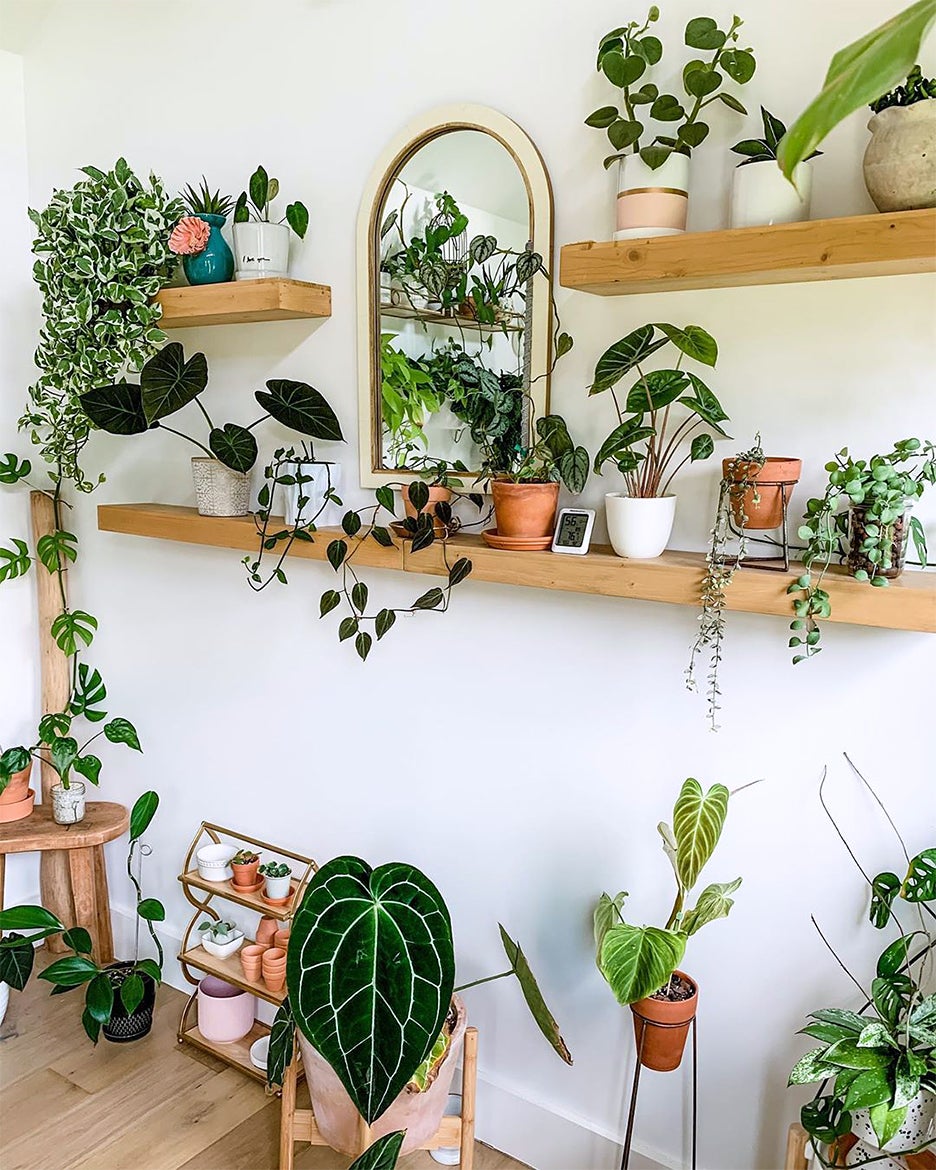How Rare Plant Auctions Work: A Simple Guide to Finding Unique Greenery

The world of rare plant auctions is more thrilling than any “add to cart” click—think the pulse-pounding finale of an eBay bidding war, but for living treasures. I remember my first auction: sweaty palms, a misclicked max bid, and a pothos with a tangled root ball arriving days later than expected. Learning on the fly, I quickly figured out what no one tells you up front: this isn’t just shopping; it’s equal parts strategy, street smarts, and community connection.

Let’s bust through some persistent myths using lessons learned from actual late-night bids, surprise bargains, and even a couple of painful mishaps.
Myth #1: “You need years of experience to join in.”
I walked into my first rare plant auction with nothing but curiosity (and maybe 12 months obsessing over Monstera hashtags). The reality? Most platforms want newcomers—their rules are clear once you slow down and actually read them. On Herbarium Auctions, for example, creating an account takes less than five minutes. RarePlantAuctions.com sent me a welcome email that included a tipsheet for beginners—super helpful because it explained when payments were due (48 hours) and even what happens if you flake (spoiler alert: you get banned).
What truly helped was lurking before leaping—watching three live auctions without bidding gave me confidence in how pricing moved each hour and what real buyers said after the fact (“Shipping was fast!” or “Leaves arrived crispy”). My advice? Don’t just read FAQs—scroll through recent winner comments. You’ll spot patterns fast.
Myth #2: “If it looks good online, it’s safe.”
This one bit me hard in 2021 when I won what was billed as an ‘ultra-rare’ Alocasia for $160… only for the package to arrive with two generic houseplants stuffed into damp paper towels. PayPal refunded me after weeks of back-and-forth—but now I never cut corners:
My non-negotiables:
- Only bid where buyer protection exists (eBay remains the safest; Facebook groups depend on admin vigilance).
- Never trust listings that only use catalog images! I always DM sellers on Facebook/Reddit for a current photo—with a handwritten date tag. When they stall or refuse? Instant red flag.
- For specialty sites like Herbarium Auctions, I cross-check their Trustpilot ratings and ask group friends if they’ve bought there before. If no one answers? That silence tells its own story.
Insider tip: The number-one scam magnet is anything labeled “Spiritus-Sancti” without clear shots of petiole shape or node count! Always compare seller pics against collector databases like AroidForum—they’re invaluable for spotting fakes.

Myth #3: “Winning means your new plant will thrive.”
I’ve had the thrill (and heartbreak!) of seeing a $500 Anthurium crystallinum arrive wilted thanks to shipping in August heat—one box even smelled vaguely like overripe bananas when opened (never a good sign). Here’s how experienced bidders avoid this pain:
Battle-tested hacks:
- Message sellers before bidding to ask about temperature packs or insulation if shipping during extreme seasons.
- Check for express post options—even if it costs extra ($18 more saved my prized Begonia maculata last January from an overnight cold snap).
- Demand live arrival guarantees—I skip any auctioneer who won’t stand by their packing job.
- Know your country’s import requirements! One friend lost his import because he forgot to file USDA small lot permits; weeks later all he got was an apologetic customs notice…and zero plants.
Always open boxes while filming—it helps settle disputes swiftly with video proof if damage occurs.
Myth #4: “If it’s rare, it’ll bankrupt you.”
Sure, some plants hit dizzying prices; I saw a Monstera Thai Constellation close at $2,380 last spring during peak hype! But twice now I've scored under-the-radar gems at local garden club auctions—a velvet-leafed Anthurium went unnoticed because everyone else chased variegated Monsteras that night. Final price? $32!
Smarter bidding tips:
- Use Google Alerts + Saved Searches with specific Latin names—this surfaces less-hyped auctions few people monitor.
- Time matters! Off-hour endings (midday workdays or midnight Sunday) tend to stay quieter.
- Local plant club sales routinely offer up rare donations below commercial rates—I found my holy grail Scindapsus treubii moonlight via word-of-mouth instead of logging twelve failed online bids.
Myth #5: “It’s every bidder for themselves.”
Total myth. Honestly, plant people cheer each other on more than sneakerheads ever do. After joining r/rareplants on Reddit and DM-ing around in "Aroid Addicts Auction House" on Facebook, I found mentors who shared inside scoop about trustworthy vendors—and even invited me to private Discord raffles where bundles of uncommon cuttings passed between members at cost.
Here’s what works:
- Lurk first—read back two weeks so you know who posts legit deals versus endless memes.
- When ready, introduce yourself (“Hi! Obsessed with Syngonium lately…”). Kindness gets paid forward; someone often offers care tips—or even free extras with your first win!
- Join Zoom show-and-tells; last fall I landed bonus cuttings after participating in a trivia contest announced right there in chat!
Real Auction Hazards & How To Outsmart Them
Missed live bidding by accident?
Proxy/max bids are sanity savers—I set mine early then ignore the drama as prices climb minute-by-minute at closing time. Less emotional spending = fewer regrets (my record? Winning at 3am while asleep thanks to auto-bid settings).

Burned by sketchy sellers?
Slow down every transaction until trust builds naturally over months—I keep running notes about which usernames delivered as promised (or failed spectacularly). No exceptions—even charming Instagram sellers must prove themselves with each order.
Overwhelmed by plant choices?
Start simple: pick three wishlist species suited to your home conditions and ignore everything else until you master routine care. My windows face north—so finicky sun-lovers went straight off my list after one too many crispy-leaved tragedies!
Ready To Dive In?
Pick three active marketplaces today—maybe eBay for sheer variety; RarePlantAuctions.com when chasing showstoppers; plus one buzzing Facebook group based on how active their admins are this week.
Set search alerts using both common AND botanical names (“Monstera adansonii” and “Swiss cheese vine”), being as specific as possible—that trick alone netted me two sub-$50 wins others missed entirely.
Spend half an hour reading through recent auction threads or Discord channels—noticing who praises swift communication versus those reporting ghosted messages or poor packing jobs.
Most importantly, introduce yourself somewhere new this week—even if all you share is your favorite genus or care struggle—you’ll be surprised just how many fellow enthusiasts reach out privately with leads or lessons they wish they’d known sooner!
Finally: start small! Bid only what you’re comfortable losing on your first attempt ($20–$50 range keeps nerves manageable). Each round makes you sharper; next thing you know you’ll recognize rare finds instinctively—and might end up sharing cuttings someday too.
Jumping into rare plant auctions isn’t about luck—it’s about community savvy and slowly building intuition from real-world experience. Let curiosity lead the way…and may your mail days bring nothing but vibrant roots and lush new leaves!



